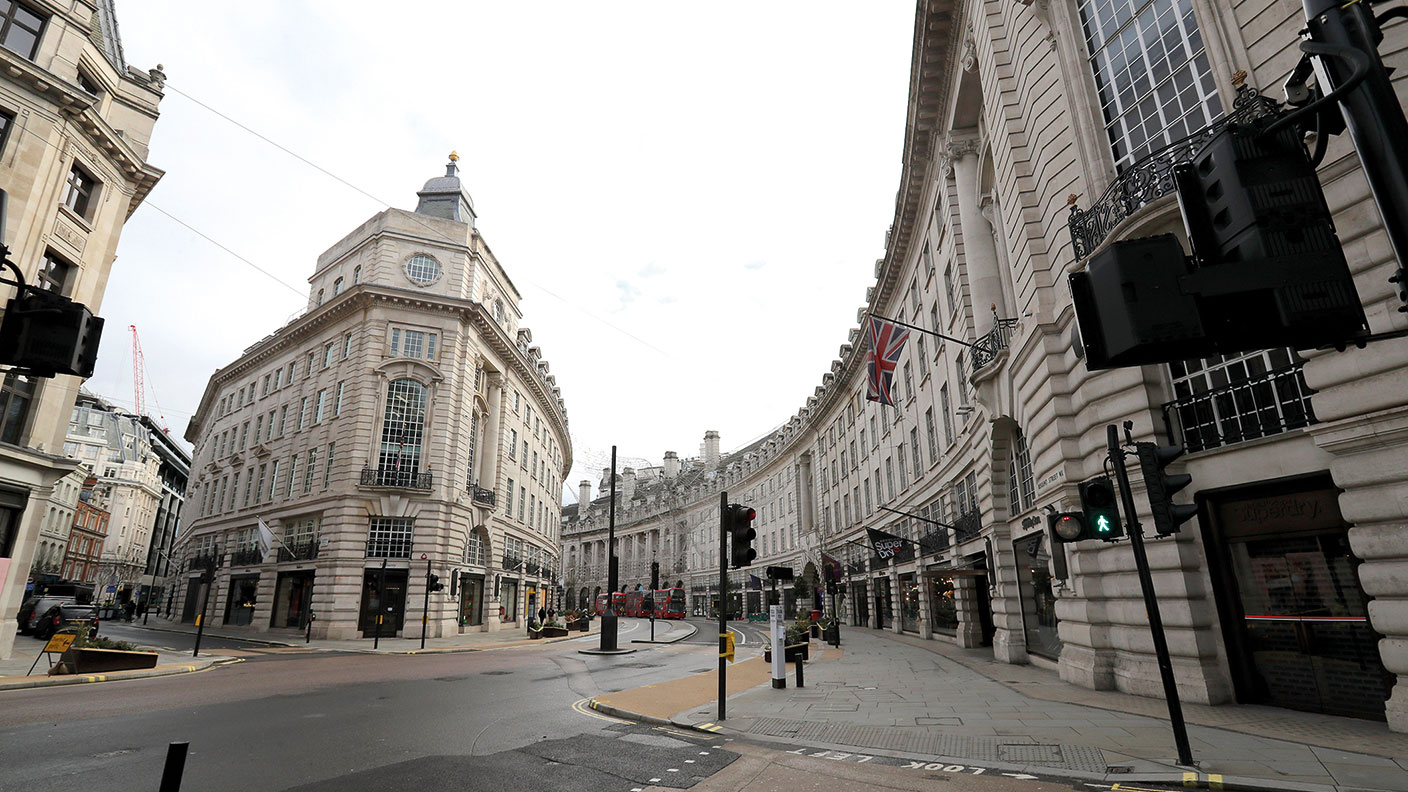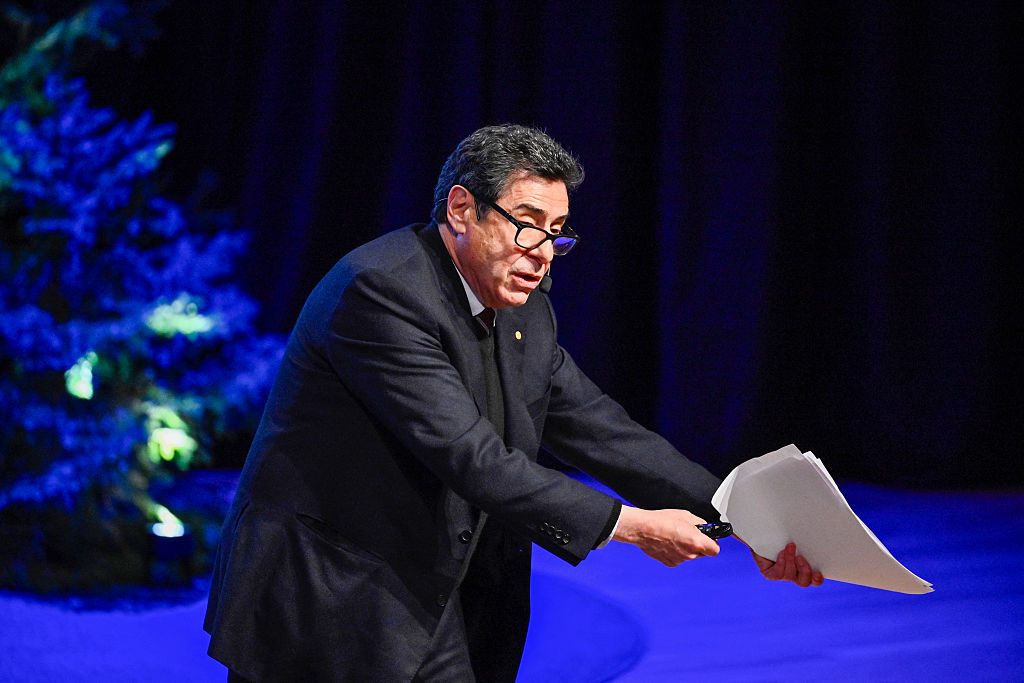
Supply shocks, rising prices and labour shortages are in the news. Analysts blame specific factors, ranging from the strength of the economic rebound to Brexit. The likely reality, however, is that the phenomena we see are connected and interconnected with social and political developments. The financial system’s interaction with the economy forms a complex, evolving system, which consists of a multifaceted web of relationships and forces with “emergent properties”, meaning that the result of these interactions can be greater than the sum of their parts. It is very difficult, if not impossible, to understand all these interactions and predict their consequences.
This is particularly true when the system has been subject to massive interventions, such as those seen over the past two years: lockdowns, businesses being supported and governments paying people not to work, huge public deficits, and unprecedented central-bank interference in markets. The economy and financial markets are at an extreme disequilibrium.
One of the simplest and starkest measures of this disequilibrium is the ratio of asset values to incomes. A key gauge of this relationship is the ratio of total personal wealth to GDP, the rise in which has been extraordinary. For the US, the ratio of wealth to GDP is 6.23, having risen almost vertically since the coronavirus crisis began. Up to 1995 the relatively stable long-term average for this ratio was 3.6. The increase in wealth has exceeded the increase in GDP to an unprecedented degree. The UK is similar.
MoneyWeek
Subscribe to MoneyWeek today and get your first six magazine issues absolutely FREE

Sign up to Money Morning
Don't miss the latest investment and personal finances news, market analysis, plus money-saving tips with our free twice-daily newsletter
Don't miss the latest investment and personal finances news, market analysis, plus money-saving tips with our free twice-daily newsletter
A blip in a steep upward trajectory
Yet on a chart of this ratio, the Covid-19 panic appears as barely a blip in its remarkable ascent. In his 1988 book, The Alchemy of Finance, George Soros explained his theory of “reflexivity”. It posits that market prices are determined by investors’ beliefs and expectations, and that these prices then in turn have an impact on the “fundamentals” – which then affect investors’ perceptions in what can be a self-reinforcing cycle. This perspective was subject to the criticism that central banks could be a countervailing force; they control short-term interest rates and have a strong influence on market liquidity. But the central banks themselves have now become captive to the markets.
In the book The Rise of Carry, Jamie Lee, Kevin Coldiron and I present the case that the driving force in markets today is “carry”, the suppression of financial volatility. Central banks have acted to underwrite market prices, creating a perception that risk assets, such as equities, are much less risky. This has particularly benefitted wealthy asset holders. The S&P 500 stands at the centre of this volatility suppression. This is because of the dominant role of the US Federal Reserve and of the dollar as a funding currency for global leverage.
More broadly, this idea of carry can be related to power. If there are large wealth and power imbalances in society, then the political forces driving volatility suppression will be stronger. Volatility suppression can be directly equated to concentration of power, and by extension to less freedom in society. In totalitarian states there is less natural volatility than in a free society. By implication, the artificial suppression of volatility will gradually lead to a society becoming less free – again, often via processes that are difficult to understand.
This can raise questions about the actions taken by governments in response to coronavirus. Is it possible, for instance, that the extreme measures such as lockdowns were partly due to the need to prevent financial markets imploding (by directing all the liquidity created by central banks to the asset markets as opposed to the real economy)? This could be true, even though no individual involved in these decisions really understood this clearly.
What does all this have to do with the stockmarket today? The ideas in The Rise of Carry suggest that because the S&P 500 and the Fed stand at the centre of the regime of volatility suppression, and volatility suppression is a manifestation of concentration of wealth and power, then the S&P 500 continuing to rise constitutes a curtailing of freedoms. It is easy to see how this could be related to the growth of Big Tech (which dominates the S&P 500) and the surveillance state.
Another conclusion is that crashes have to happen. There must be occasional spikes in volatility as leverage becomes too high and there are episodes of forced unwinding of leverage. Each crash leads to ever-greater intervention by the authorities.
“The system” will find ways to justify these increasing interventions. Apart from health crises, in the future, other candidates could include climate change, a global cyberattack or shortages of food. Various types of rationing are likely. The end result will inevitably be a further alignment of the interests of the very wealthy, big corporations and governments.
Only inflation can end this cycle because it constrains the actions of governments and central banks. But inflation is bad for financial markets. Therefore, being bullish on the S&P 500 over the long term means believing that individual freedoms will be further curtailed. But it also means accepting that crashes will happen occasionally – crashes that will require increasingly enormous central bank and government action to reverse.
Tim Lee is a co-author of The Rise of Carry: The Dangerous Consequences of Volatility Suppression and the New Financial Order of Decaying Growth and Recurring Crisis (McGraw Hill 2020, £24.99)
Get the latest financial news, insights and expert analysis from our award-winning MoneyWeek team, to help you understand what really matters when it comes to your finances.
Tim Lee is an economist and a co-author, together with Jamie Lee and Kevin Coldiron, of The Rise of Carry: The Dangerous Consequences of Volatility Suppression and the New Financial Order of Decaying Growth and Recurring Crisis (McGraw-Hill, 2019)
-
 PayPoint: A promising stock for income-seekers
PayPoint: A promising stock for income-seekersPayPoint, a household name across Britain, is moving away from its traditional roots toward a digital future. Investors after a steady income should buy in
-
 Invest in forestry: a tax-efficient way to grow your wealth
Invest in forestry: a tax-efficient way to grow your wealthRecord sums are pouring into forestry funds. It makes sense to join the rush, says David Prosser
-
 Nobel laureate Philippe Aghion reveals the key to GDP growth
Nobel laureate Philippe Aghion reveals the key to GDP growthInterview According to Nobel laureate Philippe Aghion, competition is the key to innovation, productivity and growth – here's what this implies for Europe and Britain
-
 'Investors should brace for Trump’s great inflation'
'Investors should brace for Trump’s great inflation'Opinion Donald Trump's actions against Federal Reserve chair Jerome Powell will likely stoke rising prices. Investors should prepare for the worst, says Matthew Lynn
-
 The state of Iran’s collapsing economy – and why people are protesting
The state of Iran’s collapsing economy – and why people are protestingIran has long been mired in an economic crisis that is part of a wider systemic failure. Do the protests show a way out?
-
 Hiring new staff for your business? Help is available
Hiring new staff for your business? Help is availableHiring more employees is a costly business, but help is available from the government, says David Prosser
-
 'Expect more policy U-turns from Keir Starmer'
'Expect more policy U-turns from Keir Starmer'Opinion Keir Starmer’s government quickly changes its mind as soon as it runs into any opposition. It isn't hard to work out where the next U-turns will come from
-
 Why does Donald Trump want Venezuela's oil?
Why does Donald Trump want Venezuela's oil?The US has seized control of Venezuelan oil. Why and to what end?
-
 Britain heads for disaster – what can be done to fix our economy?
Britain heads for disaster – what can be done to fix our economy?Opinion The answers to Britain's woes are simple, but no one’s listening, says Max King
-
 Vietnamese stocks are charging ahead – what to buy
Vietnamese stocks are charging ahead – what to buyVietnam has been upgraded from a frontier to an emerging market. It remains a promising pick, says David Prosser